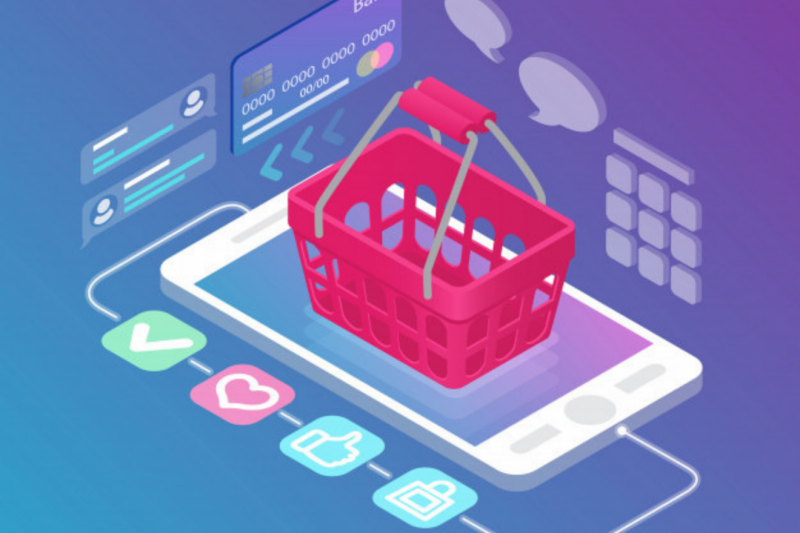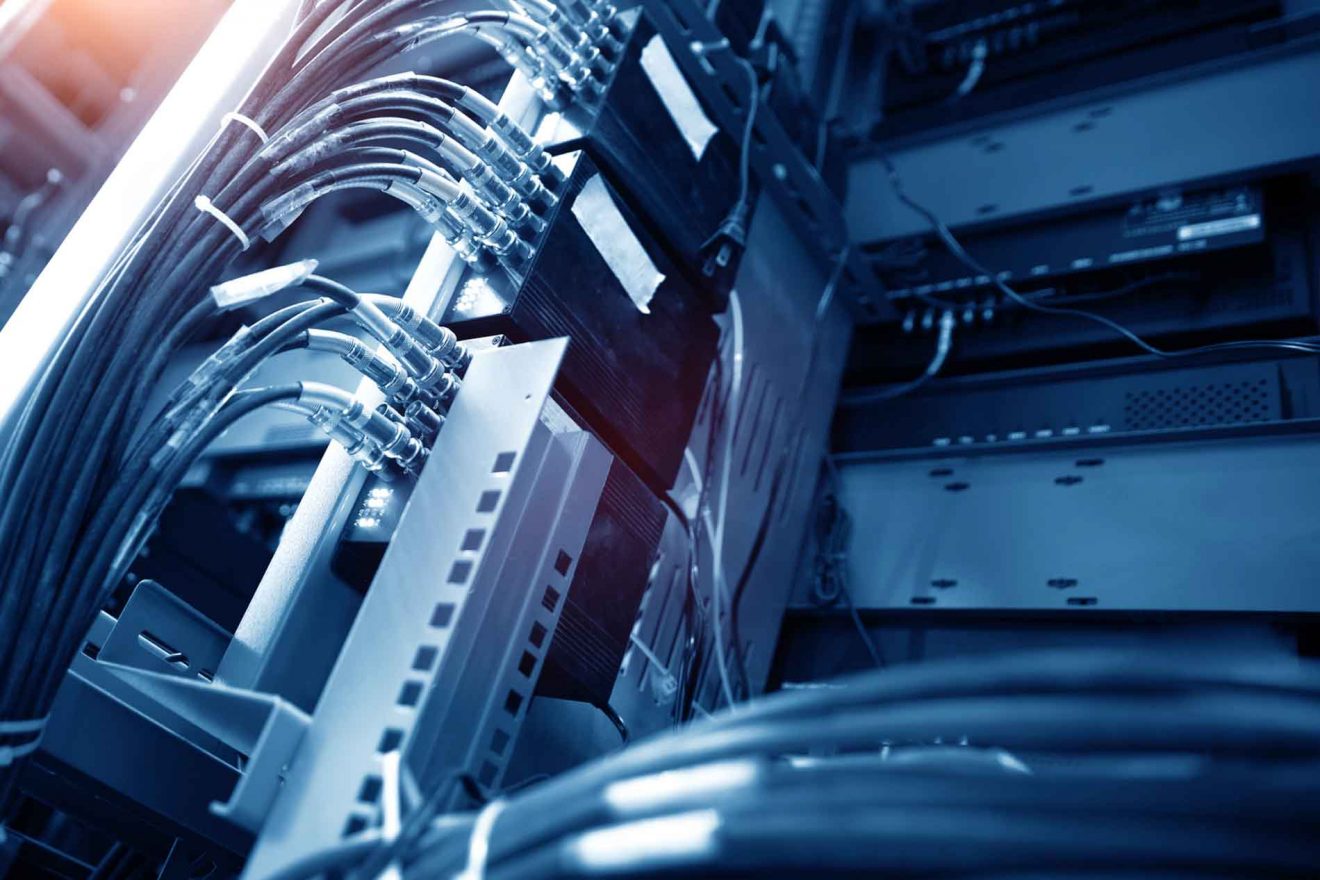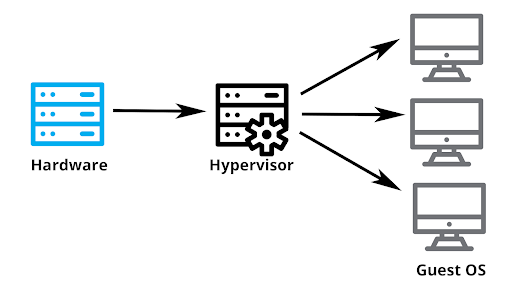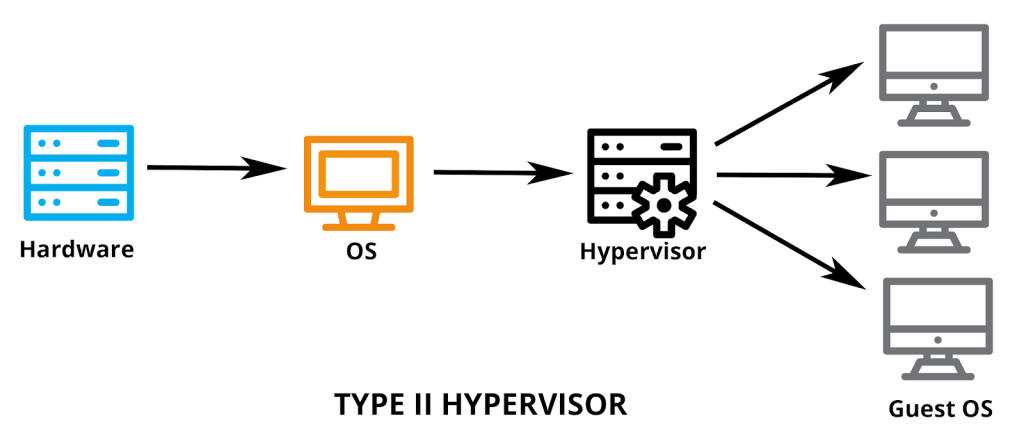How to Secure Your Hybrid Cloud Infrastructure
Today, many organisations and enterprises are moving into a more hybrid cloud environment. And why not? Hybrid clouds are agile – they adapt and change to the needs of the organisation. With their unique mix of private,on-premises clouds and public clouds, you can get the scalability, low cost and reliability of a public cloud, while you can get the security, control and customisation and flexibility of a private cloud- It is the best of both worlds. It is projected that by 2020, almost 90 per cent of organisations would have shifted to a hybrid cloud environment (source). However, due to this flexibility and these two worlds (private and public) the security of a hybrid cloud becomes a bit more challenging. In this article, we’re going to look at how to secure hybrid cloud.
What is Hybrid Cloud?
Simply put, a hybrid cloud is an environment that uses a mix of third-party public clouds and on-premises, private cloud – with orchestration between the two. When workloads move between these two platforms – the private and public clouds – you get greater flexibility and more data deployment options. This allows you to respond to computing changes and business needs with agility. Sounds good right?
In order to establish this unique cloud computing environment, you need the availability of a public Infrastructure as a Service (IaaS) like AWS (Amazon Web Services) Google Cloud Platform or Microsoft Azure. Secondly, you need the construction of a private cloud (either through a cloud provider or on your own premises). The third component is a good Wide Area Network (WAN) connectivity between the public and private cloud. Finally, you need to make sure that your Hybrid Cloud is secure. This is where the matter of hybrid cloud security comes in – why is it important and what does it entail?
Hybrid Cloud Security
While you may have a firm grip on the data in your own private cloud, once you begin to venture into the public cloud space, things become more complex. As more enterprises move to a hybrid cloud environment, more data security concerns arise. These are the top concerns:
- Cross-Cloud Policy Management:
While policies and procedures within the organisation’s private data centre are set, these policies might not transfer well when it comes to the public cloud. Therefore, the challenge is to create, configure and maintain a security policy that is uniform across the entire network. This includes firewall rules, user identification/ authentication and IPS signatures amongst other things. - Data Leaks:
A key issue for data security administrators is data visibility. When it comes to deciding where data should be stored, organisations must put in the time, care and a tremendous amount of thought. And even then, it’s easy to lose track of the data without ensuring proper data visibility. - Data compliance:
Before organisations can move data and applications to a service provider cloud, they must make sure they understand all regulatory compliance laws that apply to their data – whether that’s customer credit card data or data spread across multiple geographical locations. Ultimately, it’s the responsibility of the organisation to make sure data of any nature is well-protected. Cloud providers and Cloud web hosting service providers will tell organisations which compliance standards they adhere to. If more is required then the responsibility lies with the organisation to spell out those needs. - Scalability:
All security tools, procedures and practices need to be scaled for growth. If that hasn’t been done, companies can hit roadblocks because they neglected to build a security architecture that scales itself to the organisation’s infrastructure resources.
This brings us to the final question: How to secure Hybrid Cloud?
While hybrid cloud environments are more complex, there are multiple hybrid cloud security solutions and practices organisations can put in place, to keep it secure.
- Isolate Critical Infrastructure: Organisations store incredibly sensitive data on the cloud. However, access to this data needs to be isolated and restricted to a few key personnel, or those who specifically require it.
- Securing Endpoints: Using the cloud infrastructure does not remove the need for endpoint security. Often, threats and attacks start at the endpoint level. Accordingly, enterprises and organisations need to implement proper endpoint security by choosing comprehensive security solutions that offer application whitelisting and browser exploit protection.
- Encrypting data: Data – in transit and at rest – needs to be encrypted as a security measure. Organisations must also protect data, while it’s being used and processed by a cloud application. This will ensure that the data is protected for its entire lifecycle. While encryption methods vary according to service providers, organisations can choose the encryption method they prefer and then look for hosting providers who offer the same.
- Back up Data: It is essential that organisations backup their data – both physically and virtually – in case an attack or system failure leads to a loss of data (either temporary or permanent). Backing up data for your website and other applications will ensure that the data is accessible at all times.
- Create a continuity and recovery plan: It’s vital that organisations create a backup plan to ensure that operations continue to run smoothly in a time of crisis (this could include power outages at data centres or disruption of services). A recovery plan could include image-based backups, which will create copies of computers or VMs, which can be used to recover or restore data.
- Risk Assessment: One good practice for organisations to follow is to constantly update risk assessment and analysis practices. That way, organisations can review the cloud provider’s compliance status and security capabilities. It also allows organisations to look at their own internal development and orchestration tools. Organisations must also keep an eye on operation management, monitoring tools, security toolsand controls – both internally and in the public cloud. Vigilance like this allows security teams to maintain clarity and confidence in the controls that are currently in place and will give them time to modify them if required.
- Choose a Reliable Web Hosting Provider: When choosing a Cloud Hosting provider for your website, organisations must look at the security capabilities. The service provider should be aware that security is a key concern and they should provide adequate security measures to keep your data safe. Good Cloud Hosting providers use the storage systems to ensure unshakeable stability. This ensures that you don’t have to worry about the loss of data due to hardware failures.
Ultimately, every hybrid cloud security issue has a corresponding solution. The trick is to identify specific problems early and then create a comprehensive security solution. If organisations do that, they will end up with a powerful hybrid cloud that functions smoothly, is easy to manage and remains secure.















